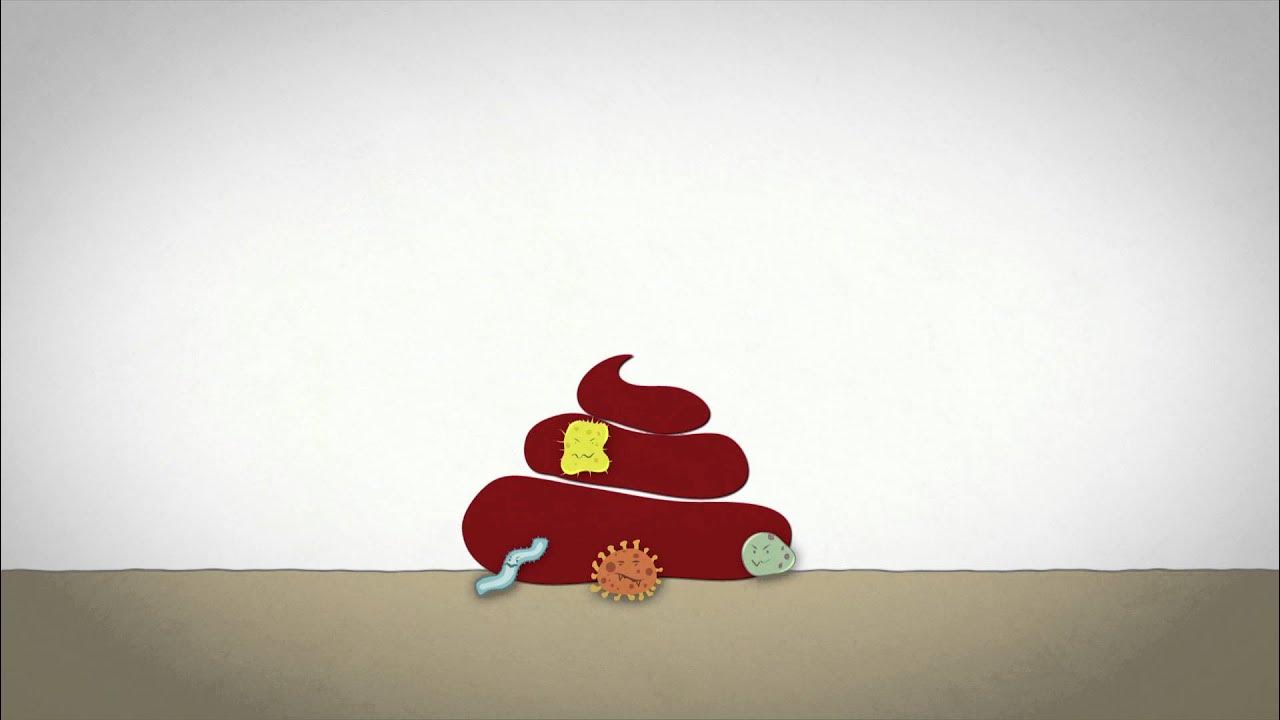Alcohol is AMAZING
Summary
TLDRAlcohol is one of the most harmful substances on Earth, causing billions of deaths annually and contributing to countless injuries, accidents, and health issues. While it provides temporary relaxation, social connection, and confidence, its long-term effects are devastating—damaging the liver, brain, and increasing the risk of cancers, violence, and accidents. Despite these harms, alcohol remains deeply embedded in culture. However, younger generations are drinking less, and new ways of connecting and celebrating are emerging, pointing to a shift away from alcohol consumption toward healthier alternatives.
Takeaways
- 😀 Alcohol is the most harmful substance on Earth, causing more deaths than terrorism, wars, and car accidents combined.
- 🍺 Alcohol's biological role is as a weapon produced by yeast during fermentation, which disrupts neurotransmitters and brain function.
- 🧠 Alcohol impairs the prefrontal cortex, leading to reduced self-control, impulsivity, and disinhibition, which may result in actions people wouldn't normally take.
- 💡 While alcohol can foster social connection and relaxation, its regular consumption leads to numerous health issues such as memory loss, liver damage, and increased cancer risks.
- 🧬 The younger you are when you drink, the more harmful the effects, with binge drinking in adolescence increasing the risk of early-onset dementia.
- 🥴 Alcohol consumption, even in moderate amounts, is linked to several cancers (mouth, throat, liver, etc.) and liver cirrhosis, a condition that can be irreversible.
- 💔 Regular alcohol use weakens the heart, raises blood pressure, and increases the risk of strokes and cardiovascular diseases, contributing to hundreds of thousands of deaths annually.
- 🔴 Alcohol causes significant harm to others, accounting for half of all violent crimes, car accidents, and injuries caused by impaired drivers.
- 👶 Fetal alcohol spectrum disorder affects 600,000 babies born each year due to alcohol consumption during pregnancy, leading to lifelong developmental issues.
- 🌍 While alcohol consumption remains high, younger generations are drinking less, leading to fewer health issues but also increased loneliness and mental health concerns.
Q & A
Why is alcohol considered the most harmful substance on Earth?
-Alcohol causes more deaths and injuries each year than terrorism, wars, homicides, and car accidents combined. It is responsible for a staggering number of health problems and social issues, affecting billions of people worldwide.
How does alcohol biologically affect the brain?
-When alcohol enters the body, it disrupts neurotransmitters and receptors in the brain. It numbs neurons, slows communication between them, and impairs decision-making and self-control by affecting the prefrontal cortex.
Why does alcohol have a disinhibiting effect on people?
-Alcohol affects the brain by releasing endorphins, which are chemicals tied to human connection. This, combined with the numbing effect on neurons, makes people more relaxed, sociable, and willing to take risks.
What long-term health effects does regular alcohol consumption have?
-Chronic alcohol consumption leads to damage to almost every organ in the body. This includes liver cirrhosis, brain damage (e.g., memory loss, slower thinking, and dementia), heart problems, cancer, and obesity.
How does alcohol contribute to liver damage?
-Alcohol disrupts fat metabolism in the liver, causing fat to build up in liver cells. Over time, this results in inflammation, cirrhosis, and eventual liver failure, which is irreversible in the later stages.
What role does age and drinking frequency play in alcohol’s damaging effects?
-Younger drinkers, especially those under 25, are at higher risk due to the brain not being fully developed. Drinking heavily or binge drinking, particularly in late adolescence, can cause lasting mental problems and increase the risk of early-onset dementia.
What types of cancer are caused by alcohol consumption?
-Alcohol consumption is linked to 8 types of cancer, including those of the mouth, throat, esophagus, liver, colon, breast, and bowel. The risk increases with higher alcohol intake, starting with less than 1 glass of wine a day.
How does alcohol impact violence and accidents in society?
-Alcohol is a major contributor to accidents, including road traffic fatalities, where over half of the victims were killed by drunk drivers. It is also a leading factor in violent crimes such as domestic abuse and assaults, accounting for around 50% of such crimes.
What is the invisible line to alcoholism?
-The invisible line to alcoholism is when drinking starts to cause harm to oneself or others. It is often marked by drinking regularly in quantities like 8 beers per week for women, 15 for men, or 5 on the same day. Crossing this line often leads to dependence.
How does alcohol affect mental health and social connection?
-While alcohol can help ease social interactions and reduce anxiety, excessive drinking can lead to isolation and mental health issues. Young people are increasingly drinking less, yet loneliness and mental health issues, such as depression, are rising at the same time.
Outlines

このセクションは有料ユーザー限定です。 アクセスするには、アップグレードをお願いします。
今すぐアップグレードMindmap

このセクションは有料ユーザー限定です。 アクセスするには、アップグレードをお願いします。
今すぐアップグレードKeywords

このセクションは有料ユーザー限定です。 アクセスするには、アップグレードをお願いします。
今すぐアップグレードHighlights

このセクションは有料ユーザー限定です。 アクセスするには、アップグレードをお願いします。
今すぐアップグレードTranscripts

このセクションは有料ユーザー限定です。 アクセスするには、アップグレードをお願いします。
今すぐアップグレード関連動画をさらに表示

Workplace Safety - Safety at Work - Tips on Workplace Safety

What about Injuries?

WHY YOU MUST QUIT ALCOHOL (Andrew Huberman, Jordan Peterson, Matthew Walker)

Pregnancy and Substance Abuse - What You Need To Know

Lack of water, sanitation and hygiene (WASH) and its effects on nutrition

Module 9. Substance Types.V2
5.0 / 5 (0 votes)
